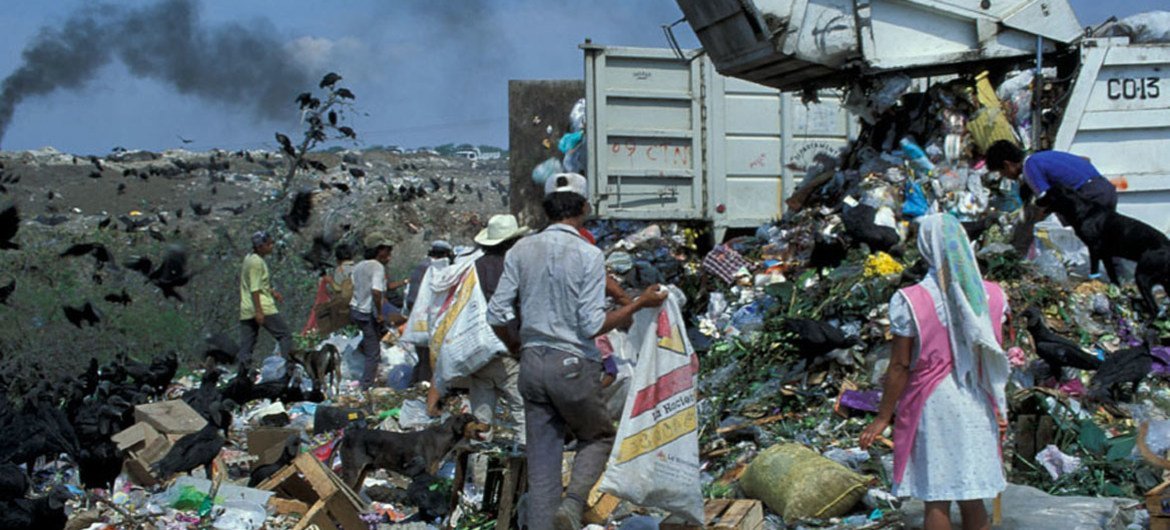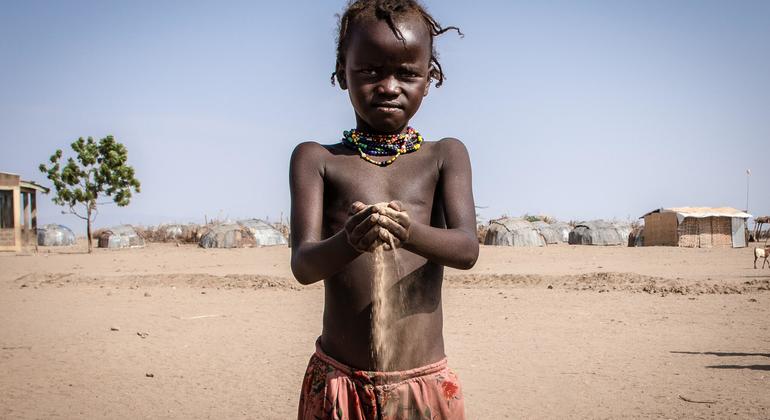The Global Drought Snapshot report, released by the UN Convention to Combat Desertification (UNCCD) on Friday, coinciding with COP 28, paint a grim picture of the scale of lives and livelihoods lost to droughts.
Ibrahim Thiaw, UNCCD Executive Secretary, emphasized the urgency of the situation.
“Unlike other disasters that attract media attention, droughts happen silently, often going unnoticed and failing to provoke an immediate public and political response,” he said.
“With the frequency and severity of drought events increasing, as reservoir levels dwindle and crop yields decline, as we continue to lose biological diversity and famines spread, transformational change is needed.”
Wake-up call
The report stresses that land restoration and sustainable management are critical to strengthen drought resilience.
It also urges nature-positive farming techniques, such as growing drought-resistant crops, efficient irrigation methods and soil conservation practices, so that communities can reduce the impact of drought on their crops and incomes.
Efficient water management is another key component of global drought resilience. This includes investing in sustainable water supply systems, conservation measures and the promotion of water-efficient technologies.
UNCCD also urges disaster preparedness and early warning systems for global drought resilience.
Greater investments in meteorological monitoring, data collection and risk assessment can help respond quickly to drought emergencies and minimize impacts, it said, calling also for international cooperation, knowledge sharing, and environmental and social justice.
Snapshots
The publication includes important drought data, including on geographic spread, agriculture and forests, water conditions, social dimensions, emissions, and more.
For instance, it shows 85 per cent of those affected by droughts live in low or middle-income countries, and that people living in countries classified as highly vulnerable are 15 times more likely to be killed by floods, droughts and storms as those in low vulnerability ones.
It also notes that 1.2 million people in the so-called Central American Dry Corridor – a strip of land across El Salvador, Guatemala, Honduras and Nicaragua – need food aid, after going through five years of drought, heatwaves and unpredictable rainfall.

Landfills are a major source of methane emissions, and improved management can capture the methane as a clean fuel source as well as reducing health risks.
Watching methane
Also on Friday, the UN Environment Programme (UNEP) released the first ever findings from its Methane Alert and Reponses System (MARS).
The System uses satellites to monitor methane data to help governments limit anthropogenic emissions of the powerful greenhouse gas – over 80 times more powerful than carbon dioxide (COs) and responsible for a third of today’s global warming.
The term anthropogenic emission refers to emission caused or influenced by human activity – directly or indirectly.
Atmospheric methane is at its highest level in recorded history, with serious implications for air quality and human health, according to UNEP.
The agency added that human activities in agriculture, waste, and fossil fuel sectors account for more than half of global methane emissions, and the current rate of human activity could see methane levels rise by up to 13 per cent between 2020 and 2030, when they would need to fall by up to 60 per cent over the same period to limit global warming to 1.5 degree Celsius.



